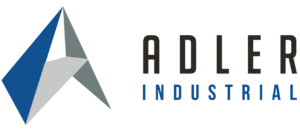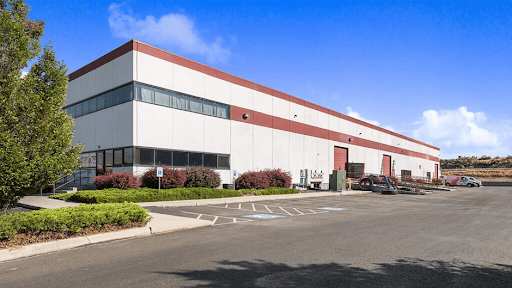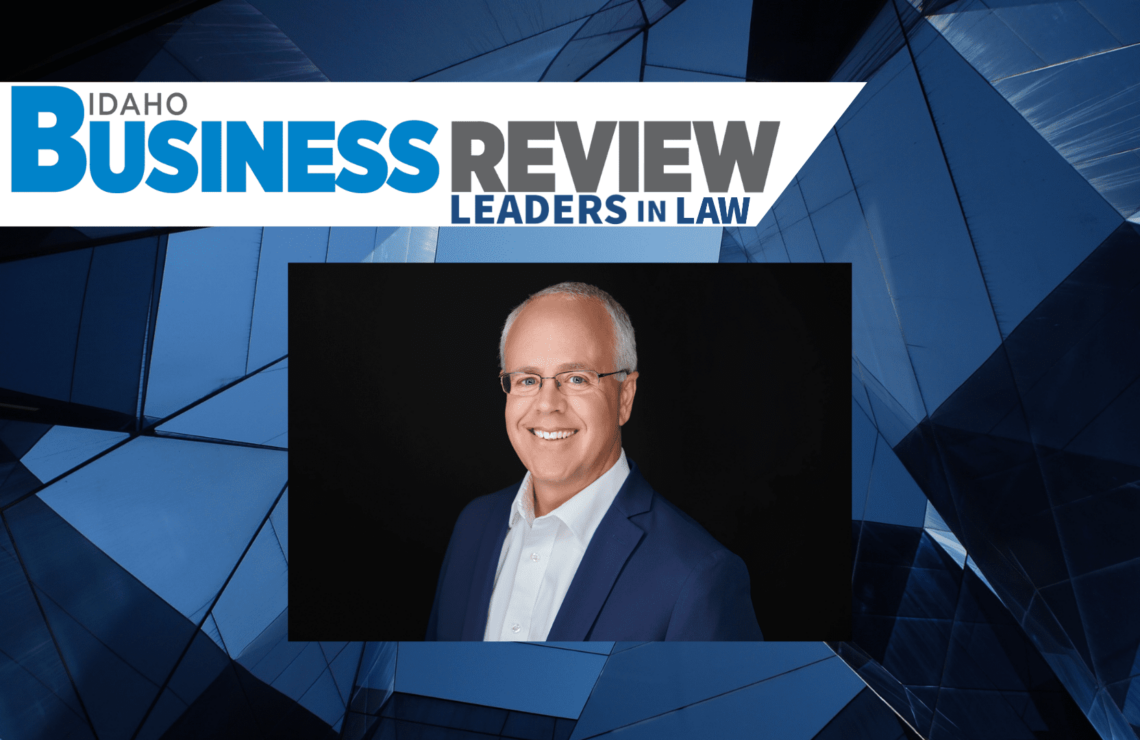When most people think about manufacturing growth, their minds often jump straight to faster machines, advanced robotics, or hiring larger production teams. While these upgrades can certainly boost output, there’s another critical factor that often determines whether production runs smoothly or gets bogged down in delays: the facility itself. A manufacturing plant isn’t just a physical address; it’s the engine room of your business. And just like any engine, its design, structure, and layout can either drive performance or hold it back. This is where Industrial Real Estate Developers become an indispensable partner. They’re not simply builders putting up walls; they’re strategic planners who align a facility’s design with a manufacturer’s production goals. These specialists know that every inch of a plant, from the position of the loading docks to the placement of the power supply, plays a role in how efficiently products move from raw materials to finished goods.
In today’s manufacturing world, where margins are tight and customer expectations are higher than ever, every second counts. A poorly designed floor plan, insufficient storage capacity, or outdated infrastructure can create production bottlenecks that ripple through the supply chain. That’s why working with an experienced industrial real estate developer isn’t just about getting a new building; it’s about securing a strategic asset.
Purpose-built facilities can dramatically improve throughput, reduce operating costs, and enable smooth, disruption-free expansion when the time comes. They also support employee well-being by creating safer, more comfortable, and more organized workspaces, boosting morale, reducing accidents, and even helping with retention. In short, partnering with the right developer isn’t about acquiring land and steel; it’s about creating a sustainable, growth-ready foundation that will serve your manufacturing business for decades to come.
Understanding the Unique Needs of Manufacturing Companies
Manufacturing is one of the most diverse sectors in the economy, and no two production operations are alike. The facility that works perfectly for a high-speed bottling plant would be completely unsuitable for a company manufacturing precision aerospace components. This is why industrial real estate developers begin every project with an in-depth understanding of the specific manufacturing company they’re serving. They know that in this industry, one-size-fits-all design simply doesn’t work; every project must be tailored to the exact demands of the business.
The process starts with detailed needs assessments, which go far beyond measuring square footage requirements. Developers work closely with production managers, engineers, operations leaders, and sometimes even frontline employees to capture a complete picture of how the facility must function. This includes evaluating equipment dimensions, weights, and operating requirements, ensuring that floors can bear the load, that electrical capacity is sufficient, and that ceiling heights allow for vertical machinery or crane systems.
They also study workflow sequences, mapping every step from raw material intake to finished product output. A facility that forces workers or materials to take inefficient routes wastes valuable time, so the goal is to create a seamless flow that supports speed, precision, and safety. In some cases, specialized storage needs become a driving design factor, such as temperature-controlled areas for perishables or secure containment zones for hazardous materials.
Utility infrastructure is another essential consideration. Manufacturing plants often require heavy-duty electrical systems, compressed air lines, water supply lines, and even gas connections that must be precisely positioned to serve machinery without creating congestion or safety hazards. The positioning of these utilities can have a direct impact on productivity; placing them correctly means less downtime, faster setup, and lower maintenance costs.
Then there’s regulatory compliance, a factor that can influence everything from building materials to ventilation systems. A pharmaceutical company, for example, might need FDA-compliant cleanrooms with specialized air filtration systems, while a precision manufacturing plant might require ISO-certified production spaces. By incorporating these standards into the design from the very start, developers eliminate the need for costly retrofits later and ensure the facility can pass inspections without delay.
Ultimately, the success of a manufacturing facility begins long before the first wall goes up; it starts with understanding the operation inside and out. Developers who invest time in this discovery phase set the stage for a facility that not only meets today’s needs but can adapt to tomorrow’s challenges.
Facility Design and Layout for Maximum Efficiency
Once the operational requirements are clear, the focus shifts to translating them into a functional, high-performance layout. In manufacturing, even a small amount of wasted movement, whether it’s workers walking too far between stations or materials being stored in the wrong place, can add up to significant costs over time. That’s why experienced developers put so much emphasis on layout optimization.
The design process begins with the basics: column spacing, ceiling height, and floor load capacity. These structural choices determine what machinery can be installed, how materials are moved, and whether future expansions or upgrades will be possible without major reconstruction. For instance, generous ceiling height allows for vertical storage systems or overhead cranes, while strategic column placement keeps pathways clear for forklifts and automated guided vehicles (AGVs).
Floor load capacity is equally critical; heavy industrial equipment, especially stamping presses, CNC machines, or injection molding units, can weigh tens of thousands of pounds. Floors must be engineered to support this load without cracking or warping, which protects both the machinery and the safety of workers.
Next, developers consider loading and logistics access. Dock doors, loading bays, and staging areas must be positioned for maximum efficiency in both inbound and outbound operations. In many facilities, this means creating separate flows for raw materials and finished products to avoid congestion and prevent cross-contamination. The number, size, and configuration of docks can determine how quickly a facility can load or unload shipments, directly influencing delivery schedules.
Forward-thinking developers also make provisions for future automation. Even if a manufacturer isn’t ready to install robotics, conveyors, or automated storage and retrieval systems right away, allocating space for them ensures the building won’t limit future efficiency upgrades. It’s a proactive approach that prevents costly layout changes down the road.
Support spaces are just as important as production areas. Well-designed facilities integrate breakrooms, offices, conference areas, and quality-control labs close to the production floor. This proximity improves communication, shortens decision-making times, and helps maintain a sense of connection between production teams and management. Even details like where restrooms are located can impact efficiency; strategically placed amenities reduce downtime and improve employee satisfaction.
Ultimately, a facility’s design and layout are about more than aesthetics or compliance; they’re about creating a space where materials, machines, and people work together in the most efficient, productive way possible. A carefully planned layout can deliver measurable benefits in throughput, cost reduction, and overall operational agility.
Supporting Production Expansion Without Disruption
Scaling up a manufacturing operation is a sign of business success, but it comes with one major challenge: how to increase production capacity without interrupting current operations. In manufacturing, downtime can mean missed deadlines, strained client relationships, and significant revenue loss. That’s why industrial real estate developers approach expansion with strategies that minimize disruption and maintain output even as the facility evolves.
One of the most effective approaches is modular space design. Instead of building one massive, inflexible structure, developers design facilities in interconnected sections or “modules.” These can be constructed in phases, allowing one area to remain fully operational while another is being built or reconfigured. This is particularly valuable for companies that anticipate steady growth over time but can’t afford to halt production during expansion. Similarly, flexible wall systems offer the ability to quickly open up or close off areas, making it easy to add new production lines or rearrange existing equipment without major demolition.
Another forward-thinking strategy is building with overcapacity in utilities. By installing electrical systems, HVAC units, and plumbing infrastructure that exceed current needs, the facility is prepared for future growth without requiring a complete mechanical overhaul. For example, an electrical system designed to support 20% more machinery than is currently in place can accommodate future equipment additions without forcing the company into costly retrofits. This not only saves money in the long run but also speeds up the expansion process when the time comes.
Location selection plays a surprisingly critical role in scalability as well. A facility built near major transportation hubs, such as highways, rail terminals, or ports, can handle increased shipping volume without logistical strain. Proximity to raw material suppliers shortens lead times, while closeness to customer markets reduces delivery windows, both of which are crucial for maintaining efficiency during a scale-up.
Finally, successful expansions take environmental and community considerations into account. Developers conduct environmental impact assessments to ensure that new construction aligns with sustainability goals and complies with regulations. They also work on community integration strategies, such as traffic management plans, noise reduction measures, and outreach to nearby businesses and residents. By addressing these concerns proactively, developers help avoid resistance from local stakeholders and create goodwill that supports long-term operational stability.
Sustainability and Energy Efficiency in Manufacturing Facilities
In today’s competitive manufacturing landscape, sustainability is no longer just a public relations talking point; it’s a strategic advantage. Forward-thinking industrial real estate developers are embedding eco-friendly features into facility design from the ground up, not only to reduce environmental impact but also to lower operating costs and attract eco-conscious partners, clients, and employees.
One of the most immediate areas of impact is energy efficiency. Developers frequently incorporate LED lighting systems with motion sensors, ensuring that areas are only illuminated when in use. This not only reduces electricity bills but also extends the lifespan of lighting fixtures. Similarly, high-efficiency HVAC systems are installed to maintain optimal indoor temperatures with minimal energy use, while advanced insulation materials help regulate climate control and prevent costly heat loss or gain.
Beyond efficiency, many facilities are now turning to renewable energy solutions. On-site solar panels can significantly offset electricity usage, while small-scale wind turbines may be viable in certain regions. For manufacturers with high water usage, sustainability measures might include low-flow fixtures, rainwater harvesting systems, and closed-loop cooling systems that recycle water rather than wasting it. These upgrades not only conserve resources but can also insulate businesses from future utility price spikes.
Sustainability efforts often go hand-in-hand with certification programs like LEED (Leadership in Energy and Environmental Design) or WELL Building Standard. Achieving these certifications signals to investors, partners, and clients that the company is committed to environmentally responsible operations. Beyond the reputational boost, such certifications can open the door to tax incentives, grants, and other financial benefits that make eco-friendly development a sound business decision.
Importantly, sustainability is also a powerful tool for corporate social responsibility (CSR). Manufacturing companies that operate in communities with strong environmental values can improve brand perception and employee engagement by visibly committing to green practices. From installing electric vehicle charging stations for employees to using recycled building materials, these choices make a measurable difference in both environmental and business outcomes.
In short, sustainable and energy-efficient design isn’t just about “going green”; it’s about building a facility that costs less to run, lasts longer, and positions the company for long-term competitiveness in an increasingly eco-aware market.
The Role of Industrial Developers in Regulatory Compliance and Safety
Manufacturing facilities exist within one of the most tightly regulated operational environments, where safety, environmental stewardship, and legal compliance are not optional; they are foundational. Industrial real estate developers play a critical role in ensuring that every stage of facility design and construction meets or exceeds these requirements. The most effective developers do not wait until the final stages to address compliance; they integrate regulatory and safety considerations from the very first blueprint.
A major area of focus is workplace safety under OSHA (Occupational Safety and Health Administration) standards. This includes designing layouts that reduce worker hazards, providing adequate space around machinery for safe operation, and ensuring that emergency egress routes are unobstructed and clearly marked. Developers also account for fall protection systems, machine guarding requirements, and ergonomic workstations where appropriate, creating an environment that actively supports worker health and safety.
Environmental compliance is another critical dimension. Facilities must adhere to EPA (Environmental Protection Agency) guidelines regarding waste management, emissions control, and pollution prevention. Developers incorporate infrastructure such as spill containment systems, on-site wastewater treatment, and emissions filtration to ensure that operations remain within permitted environmental limits. By doing so, they help manufacturers avoid fines, reputational damage, and costly operational shutdowns.
Local regulations, including zoning laws and building codes, further influence facility design. Developers ensure the site’s intended use is approved for manufacturing, that structural designs meet local engineering standards, and that construction materials comply with fire resistance and durability requirements. This early compliance work prevents delays in obtaining occupancy permits and accelerates time-to-operation for the manufacturer.
From a safety systems perspective, robust features are built into the design to protect both employees and assets. This often includes reinforced flooring for heavy machinery, state-of-the-art fire suppression systems, strategically placed emergency exits, and, where necessary, specialized ventilation systems for facilities handling hazardous materials or airborne particulates. These measures are not just about meeting minimum standards; they’re about exceeding them to create a safer, more resilient workspace.
Accessibility is equally important. Developers integrate ADA-compliant pathways, restrooms, and workstations to ensure inclusivity for employees and visitors of all abilities. These features not only meet legal mandates but also demonstrate a company’s commitment to equity and workplace diversity.
The work doesn’t end once the facility is complete. Leading developers maintain ongoing communication with clients, advising on regulatory updates and helping adapt the facility as rules evolve. This proactive approach significantly reduces the risk of non-compliance, which can lead to financial penalties or operational interruptions. By aligning construction and operational goals with a strong compliance framework, industrial developers help manufacturers operate with confidence, knowing their facilities are safe, lawful, and future-ready.
Conclusion
At Adler Industrial, we see your facility as more than a building; it’s a strategic tool for growth. We don’t just hand you a set of keys; we deliver a space that’s tailored to your production goals, ready for future expansion, and fully compliant from the start.
We’ve helped manufacturers streamline workflows with custom layouts, plan expansions without disrupting output, cut operating costs with sustainable design, and stay ahead of safety and regulatory demands. When we work with you, we’re thinking about your efficiency, your people, your bottom line, and your next 10 years, not just day one.
If you’re ready to expand production, integrate new technologies, or simply operate with fewer bottlenecks and risks, we’re here to make it happen. At Adler Industrial, we build facilities that keep you competitive today and prepared for tomorrow.




